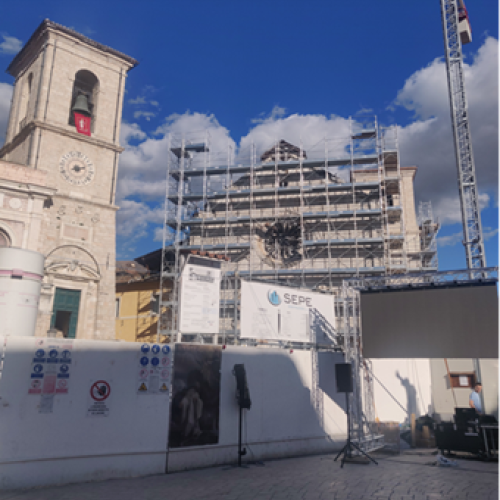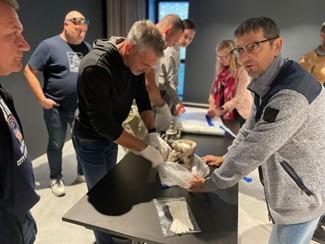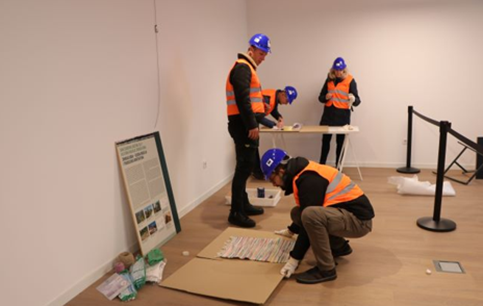
CPforHeritage – Cooperation for heritage protection in Croatia
The CPforHeritage project in Croatia, co funded by the UCPM grants under the Technical Assistance for Disaster Risk Management (Track 1), set out to improve cooperation between the civil protection sector and cultural heritage authorities, recognising that protecting heritage during emergencies requires shared understanding, coordinated planning, and practical skills .

